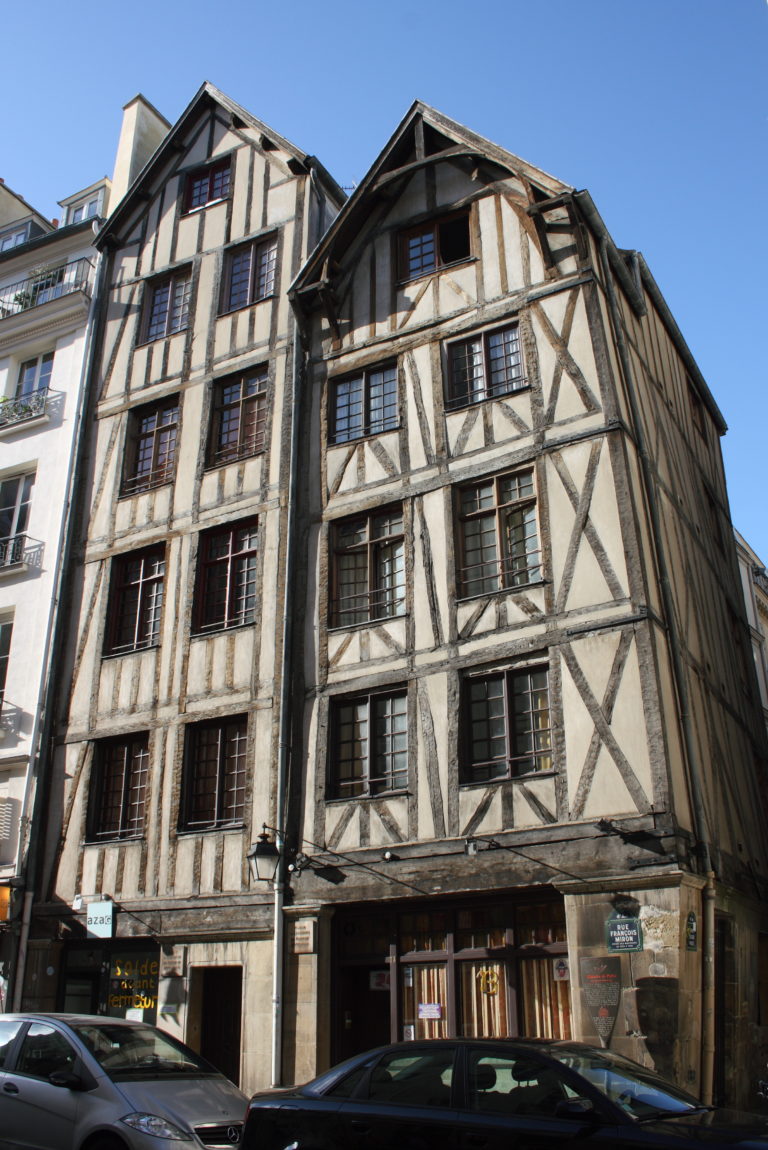
OneEyed Kate Stew Ross Discovers
This street is home to two stunning buildings that have been standing since the 17th century: Nos 11 and 13 Rue François-Miron. Nos 11 and 13 are both considered "hôtels particuliers" - private mansions belonging to wealthy families of the time. The buildings were constructed between 1650 and 1670 by Jean Androuet du Cerceau, one of.

This pair of medieval halftimbered houses in the fashionable Marais district of Paris are very
The street where the medieval houses are located takes its name from François Miron, a popular Provost of the merchants of Paris from 1604 to 1609. Location: 13 rue François Miron, 4th arrondissement. Closest métro station: Hôtel de Ville (métro lines 1 and 11) or Saint-Paul (line 1)
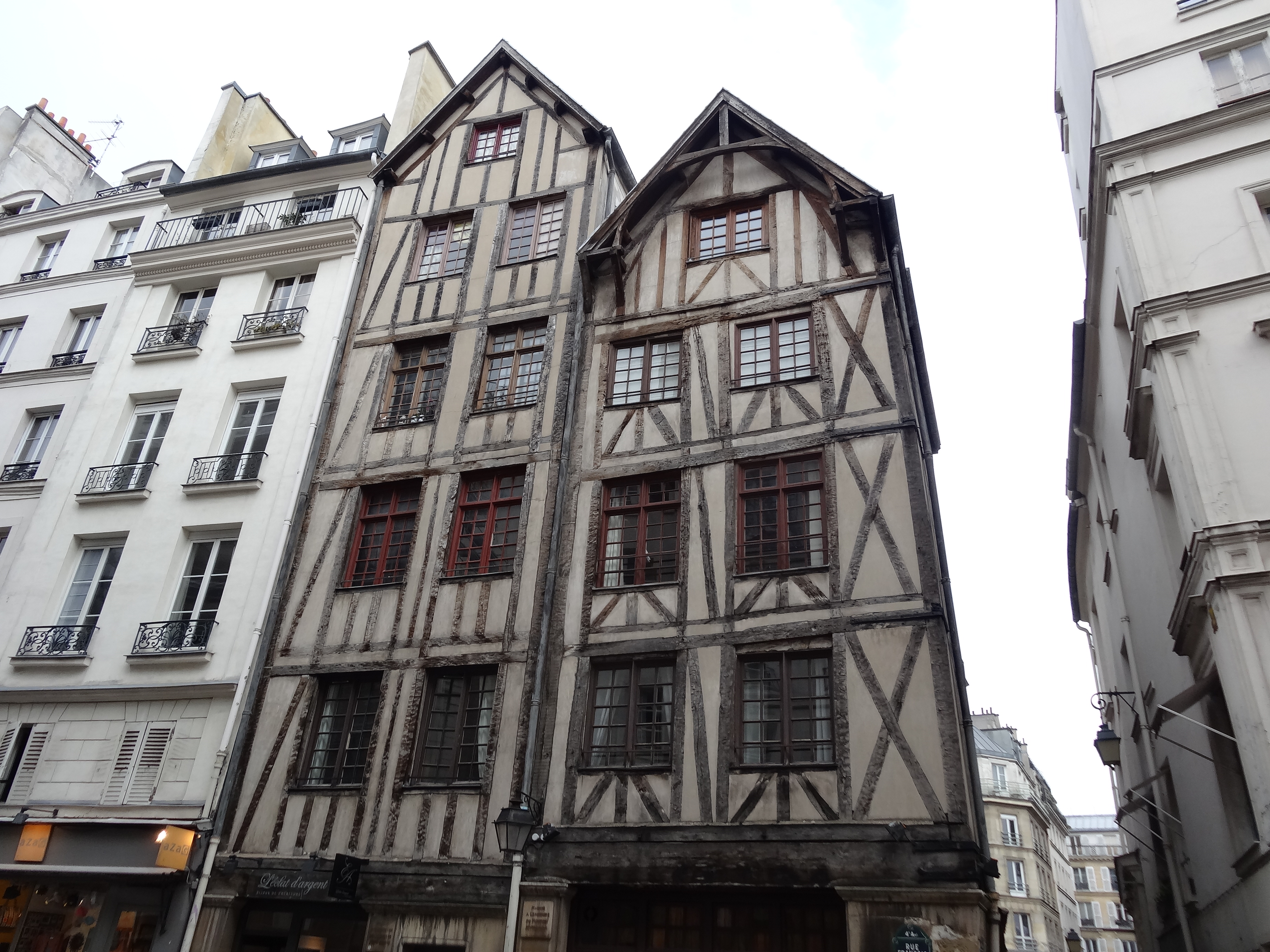
rue François Miron Un jour de plus à Paris
These neighbouring homes are also in the Marais and you can find them at number 11 and 13 rue François Miron. The half-timbered houses date back to who knows when. A sign out the front suggests they could date, in their original state, to the 14th century. But then again, it was all heavily renovated in the sixties.

1113 rue François Miron Paryż na piechotę
Maisons du Moyen Âge. two adjacent half-timbered houses in Paris. Upload media. Instance of. building complex. Location. 4th arrondissement of Paris, Paris Centre, Paris, Grand Paris, Île-de-France, Metropolitan France, France. Located on street. rue François-Miron (11-13)
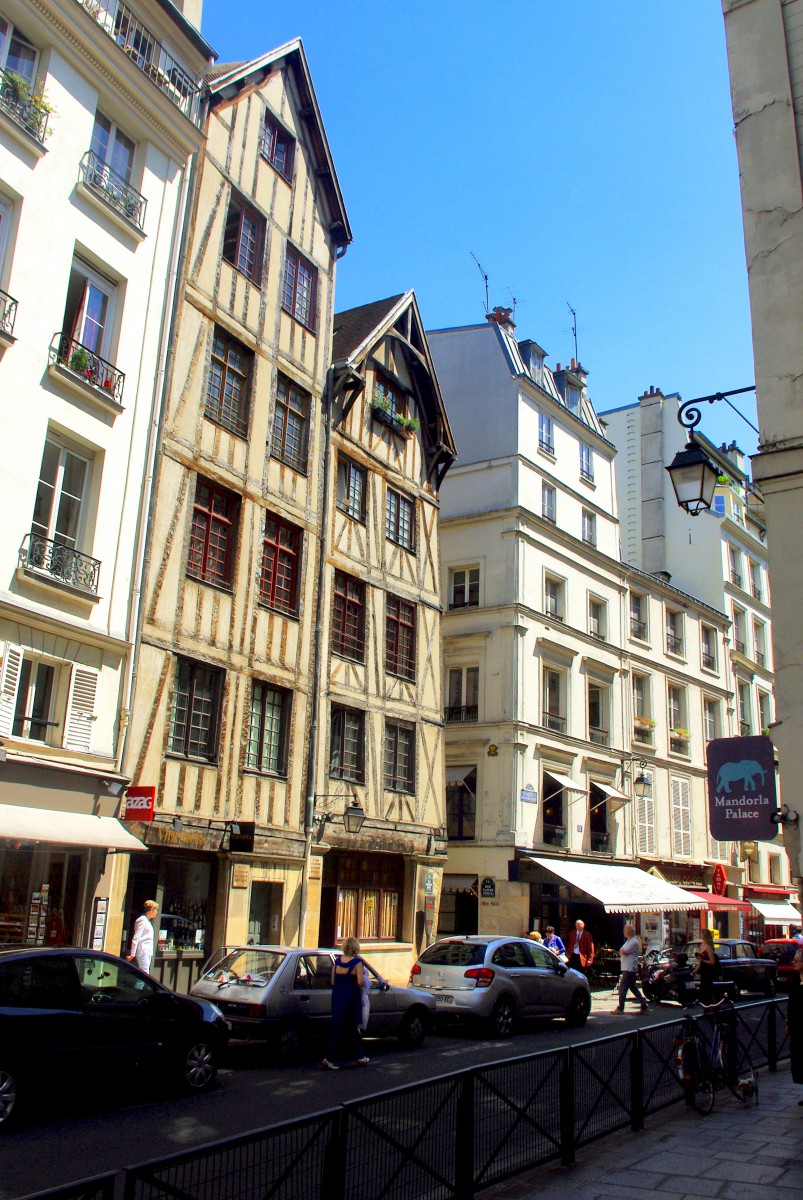
Halftimbered houses on rue Francois Miron, Paris French Moments
Les maisons aux numéros 11 et 13 rue François Miron datent du XVIe siècle. Bien qu'elles ne soient pas les plus anciennes de Paris, elles témoignent de l'architecture médiévale tardive. La plus ancienne maison de Paris est généralement considérée comme étant la maison au Grand Pignon, dite Maison de Nicolas Flamel, érigée en 1407 au 51 rue de Montmorency.

Tourisme en France Un coin de Paris Deux Maisons du Moyen Âge à découvrir rue FrançoisMiron
Starting our chronological tour on rue François Miron (n°11-13) and at the corner of rue des Barres and rue du Grenier-sur-l'Eau (literally "granary above water"), stand three typical medieval houses, the latter erected in 1327. These gabled houses are narrow, with only two windows per floor. Their sides protrude from corbelling and.
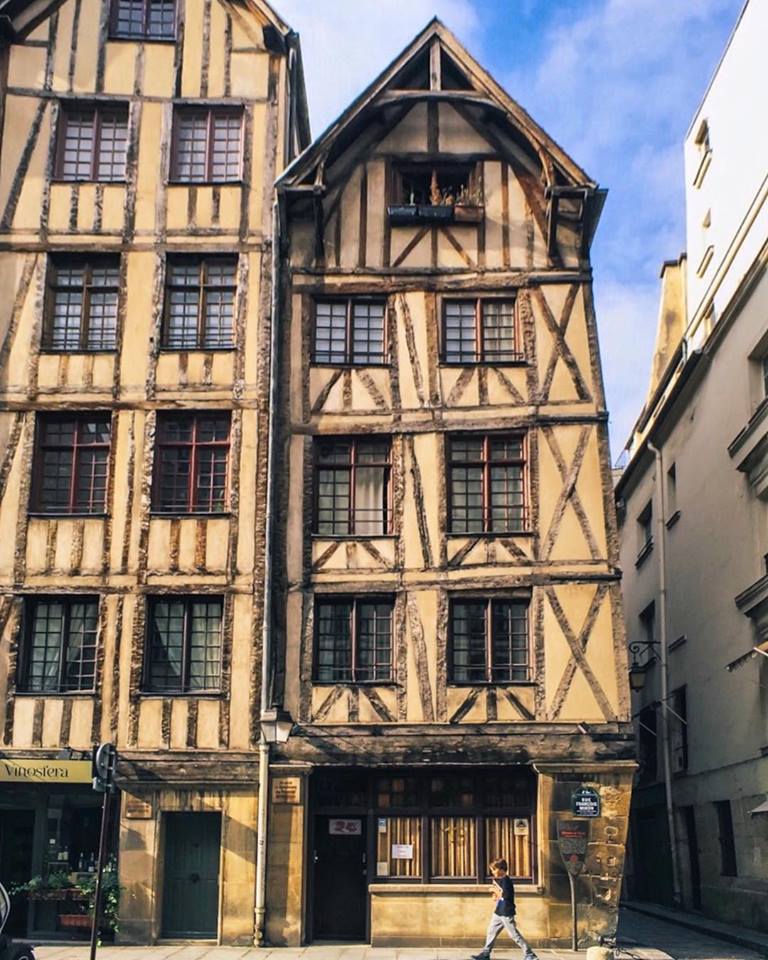
Les maisons à colombages de la rue François Miron sontelles authentiques ? Association Marais
Medieval houses are very rare in Paris. These two on Rue François-Miron, with the sign of the Reaper for number 11 and the sign of the Sheep for number 13, are recorded in the early sixteenth century and could date, in their original state, from the fourteenth century. Since 1508, royal decrees prohibited new construction with projecting parts.
Paris Les plus anciennes maisons de Paris, les prétendantes, les légendes et la doyenne
N° 11 and 13 rue François Miron. In the Marais, you can discover two gabled houses typical of old Paris, dating from the 15th century. That have been entirely restored in 1967 to make reappear the timber frames, the medieval style shops as well as its gables. Avant et après les travaux de 1967
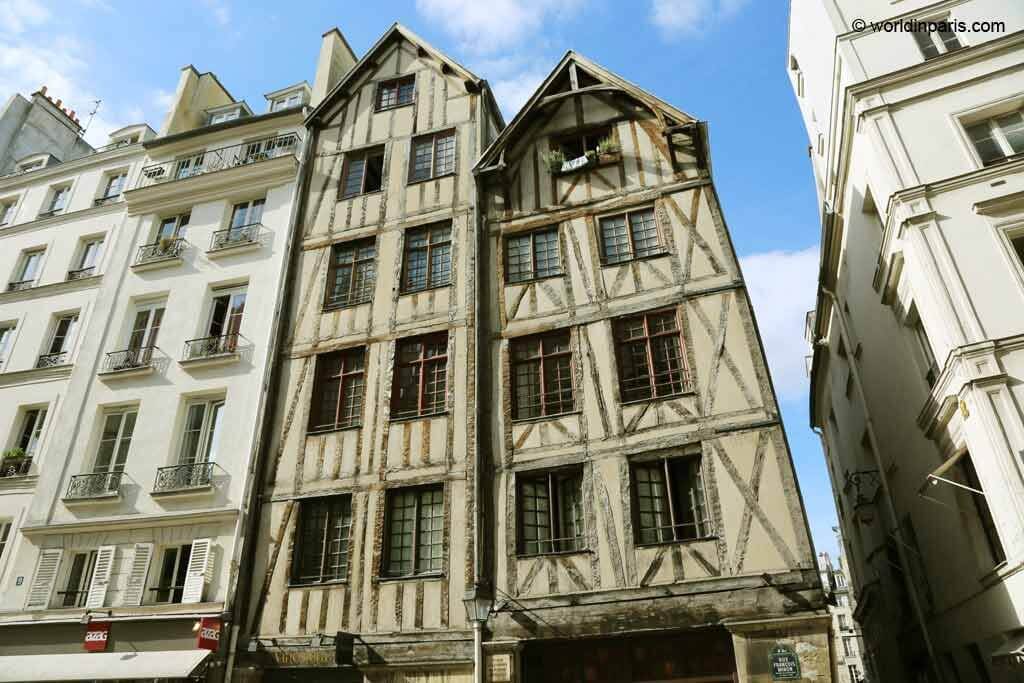
A History Lover's Guide to Medieval Paris World In Paris
Top ways to experience Rue Francois Miron and nearby attractions. Paris Le Marais Walking Food Tour With Secret Food Tours. 229. Recommended. Food & Drink. from. $122.22. per adult (price varies by group size) Private tour Paris Little-known places 2 hours in Citroën 2CV.

Maisons XIVe / XVIe 11 et 13 rue François Miron Paris 4e Medieval, Casas, Inspiração
Coordinates nos11-13 Rue Francois Miron: Lat 48.855794 - Long 2.356891. Paris - Ile De France - Latest content. Auvers-sur-Oise, Van Gogh's last place of residence. The small town of Auvers-sur-Oise, north of Paris, was once a quiet village where Van Gogh spent the last 70 days of his life and painted 78 canvases
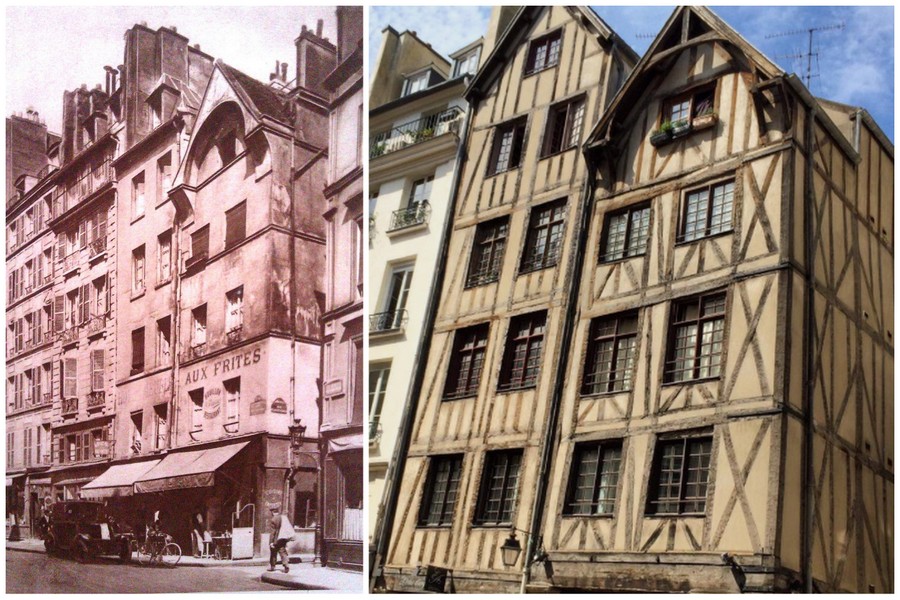
11 et 13 rue francois miron Un jour de plus à Paris
N° 11 et 13 rue François Miron. Dans le Marais, vous pouvez découvrir deux superbes maisons à pignon typiques du vieux Paris, qui dateraient du 15e siècle. Elles ont été entièrement restaurées en 1967 pour faire réapparaitre les pans de bois, les boutiques de style médiéval ainsi que les pignons. Avant et après les travaux de 1967
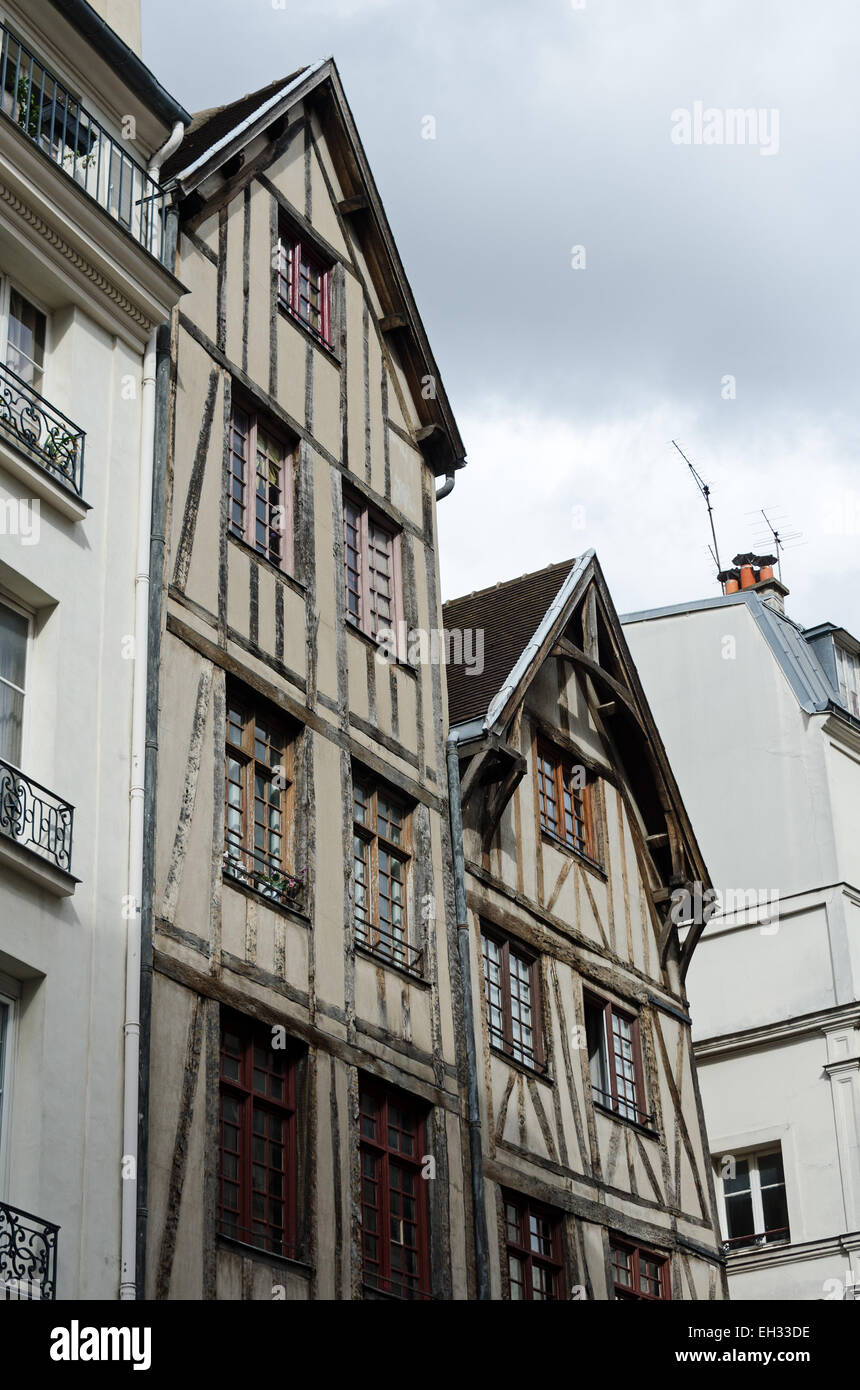
13 rue francois miron hires stock photography and images Alamy
Book your tickets online for Rue Francois Miron, Paris: See 12 reviews, articles, and 79 photos of Rue Francois Miron, ranked No.635 on Tripadvisor among 3,387 attractions in Paris.. from the St. Gervais church to the Place Ste Catherine. At numbers 11 and 13 you will find two historic houses that remain from the medieval ages. Very.

11 & 13 Rue FrançoisMiron Paris These are the oldest buil… Flickr
The half-timbered houses at 11-13 Rue François Miron, even if deeply reformed, give an idea of the typical constructions of Paris in Medieval times until the 15th century. Wrongly known as the oldest house in Paris, the building at 3 Rue Volta (17th century) has a design very similar to the Medieval houses in Paris, with a curbstone shop forming stalls on the ground floor.
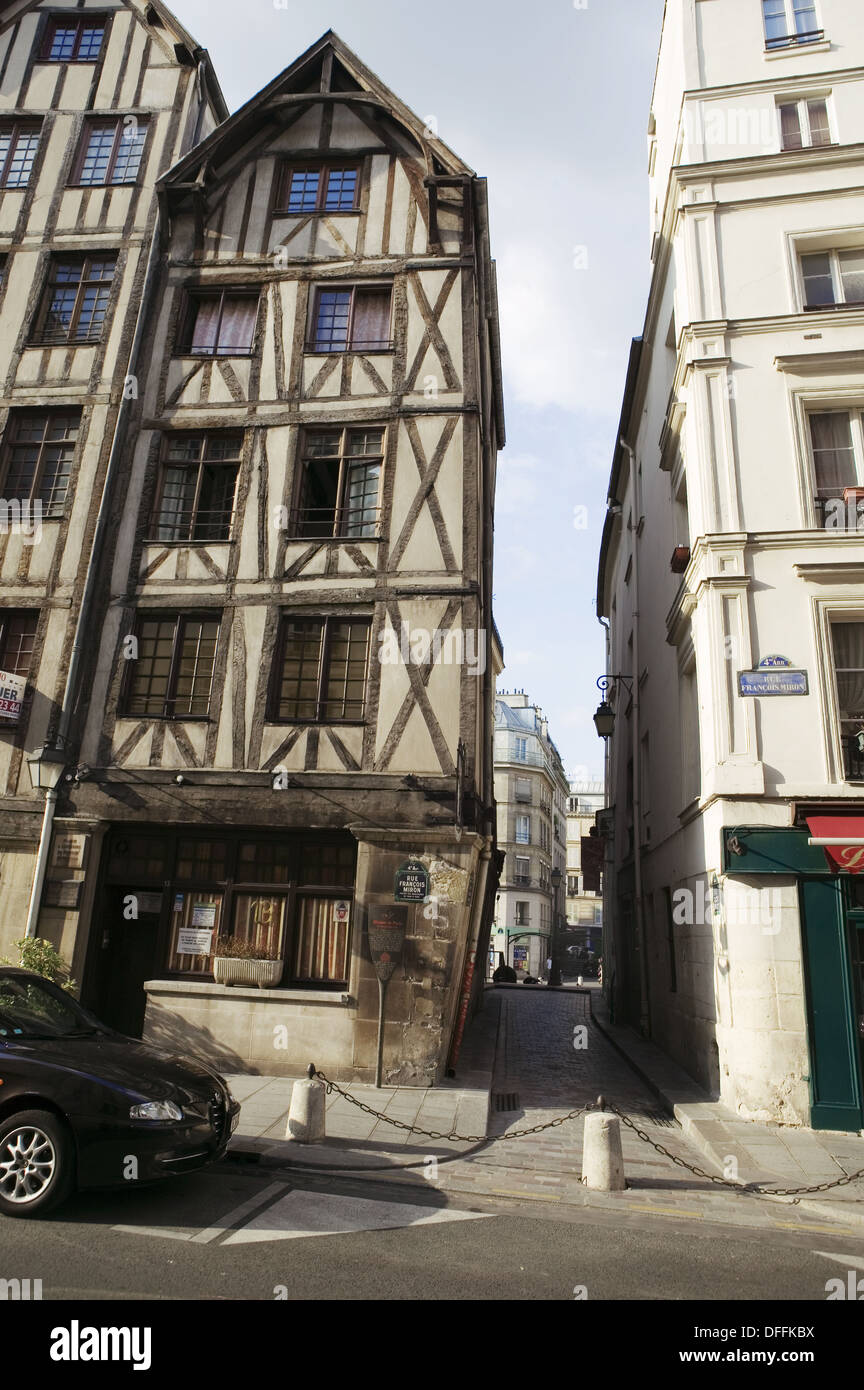
Cité médiévale 15ème siècle immeuble au 13, rue François Miron (plus ancienne maison de Paris
13, rue François Miron: known as the Maison à l'enseigne du Mouton (the house with the sign of the sheep). The names of houses referred to hand-painted signs dating to the 13th-century. Such signs typically identified houses rather than house numbers. These 15th-century houses have undergone extensive renovation.
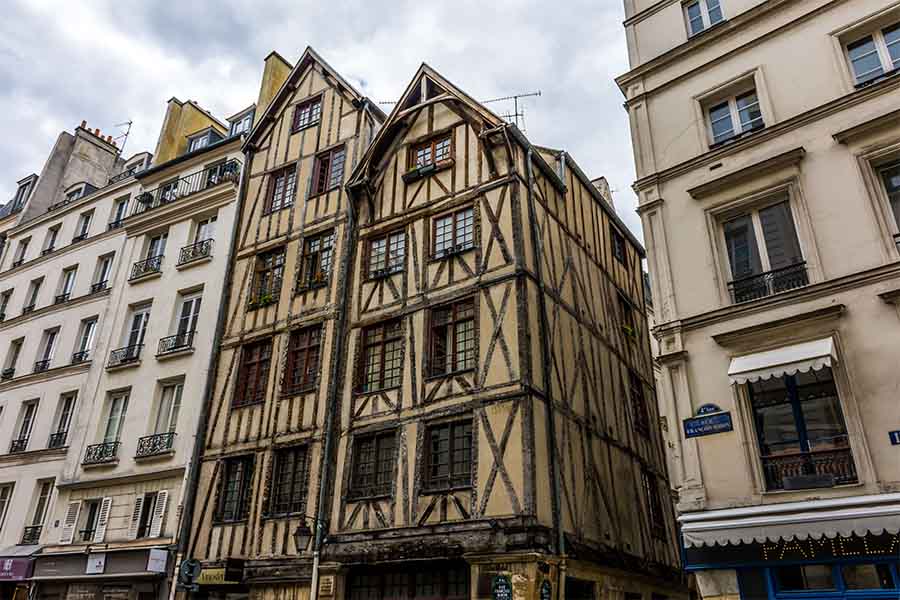
Immeuble insolite Paris 7 merveilles à découvrir avec Booster 2 Success
11 & 13 rue François Miron. Aux numéros 11 et 13 de la rue François Miron se trouvent 2 des derniers témoins de l'architecture médiévale à Paris. Deux immeubles étonnants, ressemblant à celui déjà vu rue des Barres. Leurs structures médiévales sont datées entre le 14e et le 16e siècles, mais ont été restaurées à de.

Rue Francois Miron Paris old houses
Les demeures médiévales sont très rares à Paris. Celles de la rue François-Miron, à l'enseigne du Faucheur pour le11, à l'enseigne du Mouton pour le 13, sont attestées au début du XVIe siècle et pourraient dater, dans leur état primitif, du XIVe siècle.